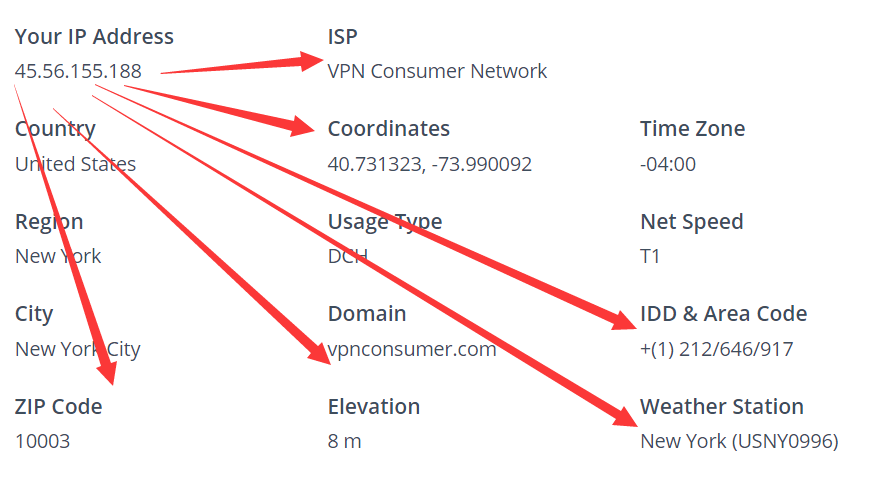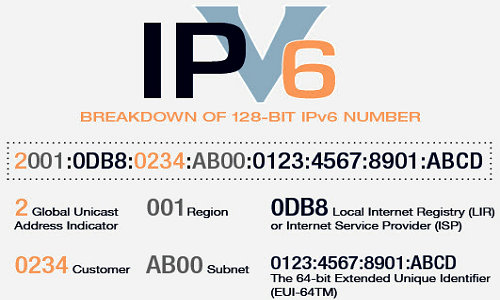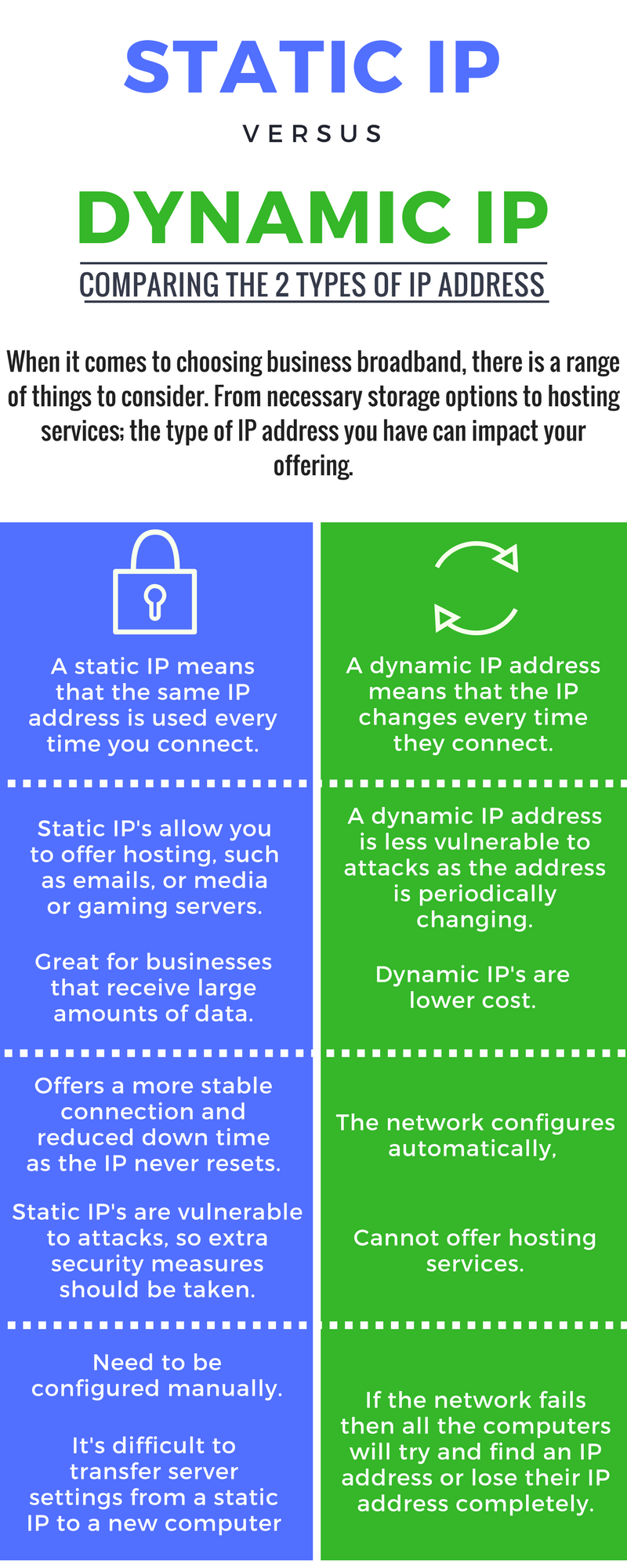One of the most common terms used in the digital world is the IP address. It is a unique numerical address that is used for communication. But, how to use the address? Get to know more about this term in the following article.
IP Address: What Is It Actually?
The Internet Protocol address or mainly known as IP address is actually an identifying number which is used for a piece of network hardware. This address will make it possible for internet users to pinpoint a specific device from the total number of billion devices you can find on the internet.
Just like the mailing address which is needed by the email users to send messages or files to another user, IP address is needed by a computer to have communication with the other devices.

The IP addresses that are currently available can be an IPv4 address and IPv6 address. Generally, the IP address used now consists of four numbers in which each of them can have one to three digits. There will be a single dot (.) used to separate these numbers and they can range from 0 up to 255. If you look at the number clearly, most of the IP addresses will look like this following example: 151.101.65.121.

Image from @privateproxyreviews.com
However, some other IP addresses will look completely different like this one: 2001:0DB8:0234:AB00:0123:4567:8901:ABCD. Unlike looking for a physical address in which a phone book or something like that is needed to find someone’s name, DNS servers are required by your computer devices help them get a hostname to find their IP address.
Types of IP Addresses
There are two classifications of IP addresses, they are static IP addresses and dynamic IP addresses.

Image from @clickitc.co.uk
-
Static IP Address
As the name suggests, the static IP address generally never changes. However, the address can be changed in a certain condition, for example, if it is requested by the network administration.
This kind of IP address mainly works as a permanent address for the internet. It also serves to provide a more reliable and simpler way for a device to communicate with the other.
The internet users will be able to get more details related to the location of the computers to include city, region, country, and continent. the Internet Service Provider (ISP) serves to provide non-technical information such as the precise longitude and latitude of the country where the computer is located.
The ISP can only reserve the parts of the addresses assigned to enable the devices to share among their own subscribers. This happens since the static IP address only comes with a limited number only. There are many websites that can help you to find your own IP address.
-
Dynamic IP Address
Unlike the static IP address that almost never changes, the dynamic IP address is the contemporary one. The address is especially is generally utilized in computer devices each time they are connected to the internet.
However, the dynamic IP address is actually taken from a pool of Internet Protocol addresses which are shared over various devices at once. The address is also considered to be more secure than IP static address which is relatively easier to track.
Both the static and dynamic IP addresses which are available now come with two versions, they are IP version 4 (IPv4) and IP version 6 (IPv6). The two versions also have many features that will benefit the most for the internet users.
-
IP Version 4
This version of Internet Protocol was originally found in 1981. The IP version 4 doesn’t change much up to now since it was defined for the first time more than 3 decades ago. What makes you have to consider well before picking up this kind of version is that there are many IP addresses now.
The number of the addresses is much bigger than the IP version 4 could supply. This version uses the IP address of 32 bit or in the other words, the optimum number of the address is 4.211.52.22.
However, this number is little than the total amount of IP addresses that are currently available now and reaches more than 4 billion. This IPv4 is commonly formatted as four 8-bit fields in which each of them represents the byte of the address’ version.
The bytes of the IP version 4 is then divided into two parts, they are network and host part. The network part is the unique number especially created for your network. It also serves to identify the network class assigned.
Meanwhile, the host part is identified as the part of Internet Protocol address that can be assigned to each host. It functions to identify your network’s machine.
-
IP Version 6
This is the latest version of the IP address that is developed by the Internet Engineering Task Force (IETF). The better performance of this IP version will soon replace the domination of Internet Protocol version 4.
It uses bigger bytes than the previous version of IP address, that is 128-bit. Thus, it is possible for this latest version to supply more IP addresses and represented by four hexadecimal digits which are separated into 8 groups. Each of the group is also supported by colons.
There are many features that the internet users can enjoy from this version of Internet Protocol address, include:
- It provides relatively faster routing.
- It has better mobility feature.
- Provides more security for networks and applications.
- This version offers better end-to-end connectivity.
- It comes with better capabilities for Multicast and Anycast.
- It requires simpler administration than the previous version.
- It enables a smoother transition from IPv4 to IPv6 due to the key designs used.